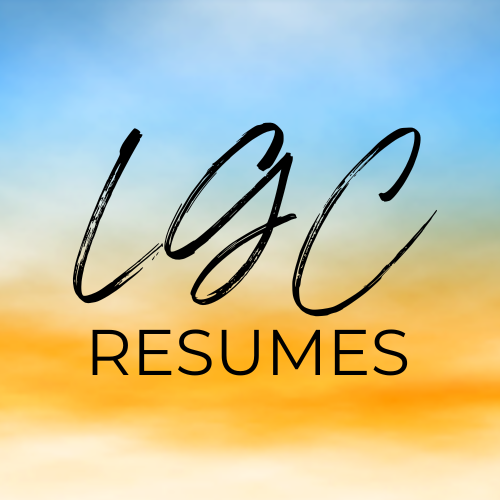6 seconds and your time is up.
That’s how long the average employer looks over your resume. By second 7 they’re on to the next one.
Your resume ought to be tight.
Without careful writing and editing, many times over, your resume could be saying things you’d rather it not. In those 6 seconds, your future employers pull together all the impressions they need in deciding who to interview.
Resumes need targeting, lighting, and clarity (TLC!). They should target the job you seek, illuminate your best features, and get to the point. Without the proper TLC, resumes can spin out of your control and misrepresent you as a prospective employee.
Here’s some gossip spread by ill-fated resumes, and how to make sure yours never says anything like it.
“She doesn’t seem qualified.”
The horror.
We all know the anxiety of applying for a job that feels just out of reach. One common defense mechanism is to fluff up the bullet points, stretching out responsibilities and achievements as far as they’ll go.
It makes the resume look worse.
If you’re able to trim the superfluous details, the result is a lean and muscular resume. Straightforward and downright sexy.
Try this:
Get to the very core of your responsibilities and achievements and hold firm there. Two healthy bullet points sound infinitely better than five anemic ones.
Don’t overstate your role. Non-career jobs that once paid the bills are fine to include but don’t dress up bartending or babysitting as a corporate gig.
Remember: If you always applied to jobs you were wholly qualified for, you’d spend your life making lateral moves. Being underqualified is okay.
“He doesn’t work hard.”
Tragic!
Your work ethic is reflected in your resume. Submitting a document that took 20 minutes to put together demonstrates how you’ll treat projects and clientele.
Editing takes time but helps to eradicate such resume killers as grammatical and spelling errors, long-winded prose, and outdated, messy formatting.
Try this:
Put in the time. Edit again and again and again. Strengthen your selling points while stripping away excess chatter.
Read it aloud to yourself.
Get a lot of eyes on it. Seek out feedback.
Hire help. The investment will pay for itself.
“She’s Unprepared.”
The stuff of nightmares.
What brands you ill-prepared? A one-size-fits-all resume.
If an employer can’t tell if you understand the specific duties and requirements of a position, they may be hesitant to hire you. A targeted resume allows you to prove that you’ve not only done your homework (researching the role) but that you're the right fit.
Try this:
Research the company and the position. As you read, list all of the qualifications needed.
Use language from the job posting (including the job title) to describe yourself.
Prioritize and organize sections of your resume according to the job requirements.
“Meh.”
Ouch!
Your resume says this about you when it’s visually bland, full of generic language, and lacks hooks.
To stand out from the pack, your resume needs to convey what you bring to the table in a clear, unique and readable way. Employers don’t want to dig to find your potential, so they won’t. Showcase it for them.
Try this:
Use a format with breakout sections that allow you to summarize or list skill sets and competencies.
Frontload with your best attributes near the top.
Consider including design elements and perhaps a professional photo of yourself.
With a proper tune-up and some TLC, your resume will speak volumes about why you're the perfect candidate for the job. Get your foot in the door by putting in the time now. With a sharp resume you can take full advantage of your 6 seconds to stand out from the pack.
Whether you take a DIY approach or invest in a writing service, be sure that every word on your resume is working for you!
For more free, easily digestible tips and tricks, enter your email below:












